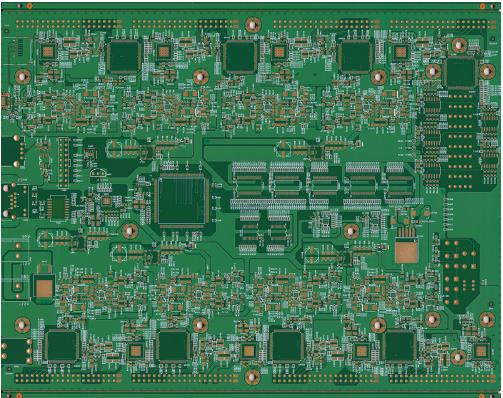Improve the automatic performance of automotive applications, covering three aspects:
1. Improve the environment: save fuel, reduce exhaust, and convert from gasoline and natural gas to hybrid and pure power. Therefore, electric vehicles have become the strategic direction of the automotive industry.
2. The improvement of safety: lies in the reduction of traffic accidents, from airbags, radar surveillance, plane cameras, infrared surveillance and automatic evasion to automatic driving. At present, self-driving cars are absorbing most of the attention and investment.
3. Convenient and user-friendly: convenience and warmth usually include audio, video display, air conditioning, computers, communications, internet, navigation and electronic toll collection systems.
PCBs (printed circuit boards) used in automobiles must also meet the above requirements.
The fundamental request of automotive PCB

Quality Assurance Request
The fundamental request for long-term quality assurance of PCB manufacturers or distributors lies in the quality management system. Due to the particularity of the automotive industry, three leading automakers from North America jointly established a quality management system specifically for the automotive industry in 1994.
As a technical regulation of the global automotive industry, ISO/TS16949 integrates the special requests of the automotive industry and focuses on defect prevention, quality fluctuations and waste reduction in the automotive parts supply chain.
Therefore, before entering the automotive market, automotive PCB manufacturers must first obtain ISO/TS16949 certification.
The fundamental request for performance
1. High reliability
The reliability of the car mainly comes from two aspects: on the one hand, the service life of the control unit and electronic components in normal operation, and on the other hand, the resistance to the environment, which makes the car control unit and electronic components have excellent performance in extreme environments .
The average service life of a car is 10 to 12 years, during which only parts or vulnerable parts can be replaced. In other words, the electronic system and PCB must have the same service life as the car.
Vehicles are often affected by climate and environment during use, ranging from severe cold, extreme high temperature, long-term exposure and rain. In addition, due to the electronic components and systems at work, they must also be affected by environmental changes caused by heat. The same is true for automotive electronic systems and PCBs. Automotive electronic systems must restrain the following harsh conditions in the environment, including temperature, humidity, rain, acid fume, vibration, electromagnetic interference (EMI) and electrical drift.
2. Light weight and miniaturization
Lightweight and miniaturization are conducive to saving fuel, which is due to the lightweight and miniaturization of each component and circuit board. For example, 1200 cm 3 of the solution in the volume of the ECU applied to the car (electronic control unit) has been shrunk at least four times at the beginning of the 21st century. The lightweight and miniaturization of PCBs stems from the improvement of density, the reduction of area, the reduction of thickness and the multi-layering.
Automotive PCB performance
Variety
As a combination of mechanical and electronic equipment, modern vehicle technology blends traditional technology and the latest science and technology. Different parts depend on electronic devices with different functions, leading to the application of PCBs with different tasks.
Based on the difference of PCB substrate materials for automobiles, they can be divided into PCBs based on inorganic ceramics and PCBs based on organic resins. The leading characteristics of ceramic-based PCBs are high heat resistance and excellent dimensional stability, which are suitable for initiator systems in high-temperature environments. However, the manufacturability of ceramic-based PCBs is poor, leading to high cost of circuit boards. With the development of newly developed resin substrates with higher heat resistance, resin-based PCBs are mostly used in most modern vehicles.
Follow a general rule: Apply PCBs with different performance substrate materials to different parts of the vehicle to perform different functions. The following table clarifies the types of PCBs compatible with local vehicle equipment or instruments.